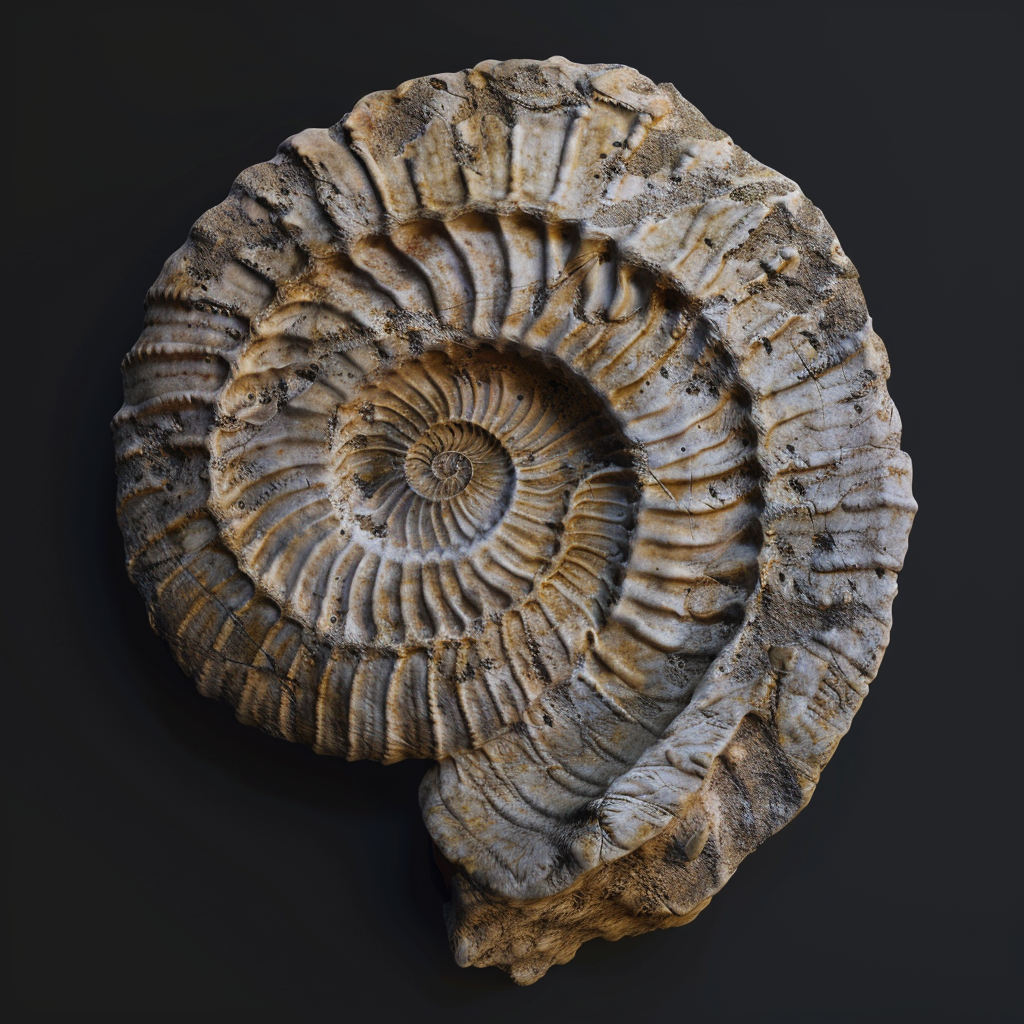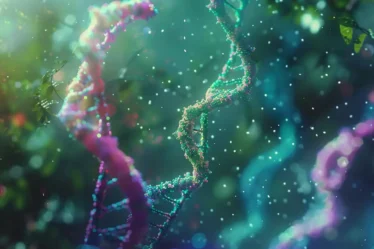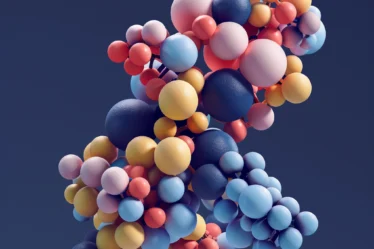
Evolution explains how species change over time through genetic variations and natural selection. It describes how organisms adapt to their environment, leading to the diversity of life we see today.
Evolutionary theory helps us understand the origins of species, including humans. We will learn about natural selection, genetic variation, and adaptation. You will also learn about the mechanisms of evolution, such as mutation and genetic drift, and explore evidence from fossils, comparative anatomy, and molecular biology.
If you’re looking to improve your study habits, our blog on how to learn efficiently has some great tips. We also discuss the pros and cons of online learning and provide an honest look at homeschooling benefits and challenges. You can find all these and more in our learning tips section.
Essentials of Evolution and Natural Selection
Are you short on time? Here are the must-know aspects of evolution, adaptation, and natural selection.
🟠 Natural Selection: Organisms with survival traits are more likely to reproduce and pass those traits on to the next generation.
🟠 Genetic Variation: Differences in DNA among individuals create the diversity needed for natural selection.
🟠 Fossil Evidence: Fossils provide snapshots of past life forms, showing how species have changed.
Natural Selection and Adaptation
Natural selection is the process where organisms with traits that help them survive and reproduce are more likely to pass those traits to the next generation. Over time, these helpful traits become more common in the population. Adaptation involves changes in physical or behavioral traits that improve an organism’s chances of survival and reproduction. Natural selection and adaptation drive the evolution of species, ensuring that organisms fit well into their environments.
Mechanisms and Examples of Natural Selection
Natural selection operates through several mechanisms:
- Variation: Individuals in a population vary in their traits.
- Inheritance: Traits are passed from parents to offspring.
- Differential Survival: Individuals with beneficial traits survive longer and reproduce more.
- Reproduction: Beneficial traits become more common in the population.
An example of natural selection is the peppered moth. During the Industrial Revolution in England, soot darkened tree trunks. Dark-colored moths were better camouflaged from predators and thus survived and reproduced more than light-colored moths. Over time, the population shifted to mostly dark-colored moths.
Another example is antibiotic resistance in bacteria. Bacteria with genetic mutations that confer resistance to antibiotics survive treatment and reproduce. The resistant genes spread, making the population more resistant over time.
Genetic Variation in Evolution
Genetic variation refers to the differences in DNA sequences among individuals in a population. This variation is crucial for evolution, providing the raw material for natural selection. Without genetic variation, populations cannot adapt to changing environments, and evolutionary processes would stagnate.
Sources of Genetic Variation
Genetic variation arises from several sources:
- Mutations: Changes in DNA sequences can introduce new genetic variants.
- Recombination: During sexual reproduction, genetic material is shuffled, creating new combinations of genes.
- Gene Flow: The movement of individuals between populations can introduce new genes.
Mutations can happen because of errors in DNA replication, exposure to radiation, or chemical agents. Recombination occurs during meiosis when chromosomes exchange segments, creating genetic diversity. Gene flow occurs when individuals from different populations interbreed, mixing genetic backgrounds. These sources of genetic variation ensure populations have a diverse genetic pool, allowing them to adapt and evolve in response to environmental changes.
Do you need help with evolution, adaptation, and natural selection? That’s okay! Personalized tutoring or interactive biology classes make these topics easier to understand. Explore more biology topics and broaden your knowledge with our free Biology blogs.
Mechanisms of Evolution
1. Mutation and Genetic Diversity
Mutations are changes in an organism’s DNA sequence. They are essential for creating genetic diversity. Mutations can be:
- Point Mutations: Changes in a single nucleotide base.
- Insertions and Deletions: Addition or loss of nucleotide bases.
- Duplication: Copying of a segment of DNA.
- Chromosomal Mutations: Large-scale changes involving segments or entire chromosomes.
These mutations introduce genetic variations into a population, providing the raw material for evolution.
Mutations increase genetic diversity by creating new alleles, which are different versions of genes. This diversity is essential for evolution, allowing populations to adapt to changing environments. Without mutations, populations would lack the variability needed to evolve and respond to new selective pressures. While some mutations can be harmful, others can provide advantages that enhance survival and reproduction.
2. Gene Flow and Population Dynamics
Gene flow, or gene migration, is the transfer of genetic material between separate populations when individuals from different populations interbreed. Examples are animal migration, like birds migrating and breeding in other regions, and plant pollination, where pollen is transferred between plant populations by wind or animals. Gene flow introduces new alleles, increasing genetic diversity and reducing population differences.
Gene flow plays a significant role in population dynamics by enhancing genetic variation, preventing populations from diverging too much and maintaining genetic connectivity. It also helps spread advantageous traits across populations. Gene flow helps populations adapt to environmental changes and maintain genetic health.
3. Genetic Drift and Evolution
Genetic drift is the random change in allele frequencies in a population, often with a significant impact on small groups of animals. Unlike natural selection based on fitness, genetic drift happens by chance.
Genetic drift results in the bottleneck effect, when a population’s size is drastically reduced, leading to a loss of genetic differences. Another result is the founder effect, which occurs when a small group of animals starts a new population with only some of the genetic differences found in the original population.
For example, northern elephant seals had a bottleneck effect because they were hunted, which decreased their genetic differences. Similarly, the founder effect is shown by Amish groups in the U.S. having a high number of certain genetic disorders.
Genetic drift can reduce genetic differences and cause significant changes in how animals evolve, especially in small groups.
4. Artificial Selection
What is artificial selection? It is the process where humans breed plants and animals to have specific traits. Unlike natural selection, which happens due to environmental pressures, artificial selection is guided by human choices. People choose individuals with traits they like and breed them. Over time, this increases the frequency of those traits in future generations.
Crops like corn, wheat, and rice have been selectively bred for higher yields, pest resistance, and other beneficial traits. This has helped improve food production and sustainability.
For domestic animals, dogs are a prime example. They have been bred for various traits, resulting in diverse breeds with specific characteristics like size, temperament, and coat type. This selective breeding has led to the variety of dog breeds we see today.
Explore our simple chemical experiments you can do at home!
Evidence of Evolution
Fossils Provide Evidence for Evolution
The fossil record provides crucial evidence for evolution, showcasing the remains or traces of ancient organisms. Fossils show how species have changed over time. Notable examples are transitional fossils like Archaeopteryx, which has traits of both dinosaurs and birds, and the sequence of horse fossils, which shows gradual changes from small, multi-toed ancestors to the modern, large, single-toed horse.
These fossils document evolutionary events and highlight the development of different species. They demonstrate the existence of now-extinct species and show how modern species evolved from these ancestors, supporting gradual evolution through natural selection.
Homologous and Analogous Structures
Comparative anatomy examines the similarities and differences in the structures of various organisms. Homologous structures, such as the forelimbs of humans, cats, whales, and bats, share a standard bone structure but have adapted to different functions. This indicates common ancestry and divergent evolution.
On the other hand, analogous structures, like the wings of birds and insects, serve similar functions but evolved independently. This illustrates convergent evolution. These comparisons show how different species adapt to their environments and provide insights into their evolutionary history.
DNA and Protein Comparisons
Molecular biology provides strong evidence for evolution through DNA and protein comparisons. Closely related species have more similar DNA sequences than distantly related species. For example, human and chimpanzee genomes are 98-99% identical, suggesting a recent common ancestor. Protein structures, such as variations in hemoglobin, also reflect evolutionary relationships.
Molecular evidence supports evolution by showing genetic changes accumulating over time and tracing these changes to common ancestors. Similarities in DNA and protein sequences among species align with patterns observed in fossils and comparative anatomy. Molecular clocks, which estimate divergence times between species based on genetic mutations, further validate the evolutionary timeline.
Intermolecular forces might sound complex, but they’re crucial to understanding how molecules interact. Plus, learn about isotopes and why noble gases are the loners of the periodic table.
Evolutionary Theory
The concept of evolution can be traced back to ancient Greece. Philosophers like Anaximander suggested that life originated in water and that simpler life forms gradually evolved into more complex ones. In the 18th and early 19th centuries, naturalists such as Georges-Louis Leclerc, Comte de Buffon, and Jean-Baptiste Lamarck proposed that species could change over time. Lamarck, in particular, suggested that organisms could pass on traits acquired during their lifetimes to their offspring. This idea is known as the inheritance of acquired characteristics.
Development of Modern Evolutionary Theory
In the mid-19th century, Charles Darwin and Alfred Russel Wallace developed the beginnings of modern evolutionary theory. Darwin’s observations on the HMS Beagle led him to propose natural selection as the mechanism of evolution. In 1859, Darwin published “On the Origin of Species,” which proves that species evolve through natural selection. Wallace independently came up with a similar theory. In 1858, they presented their ideas together to the Linnean Society.
Darwin’s Theory of Evolution
Charles Darwin introduced several vital ideas that formed the foundation of evolutionary biology.
First, natural selection is the process where individuals with traits that help them survive are more likely to reproduce. Second, common descent means all species share common ancestors. Third, variation refers to the differences among individuals within a species. Finally, adaptation involves traits that help an organism survive and reproduce in its environment.
These ideas explain how populations change and adapt over time. Darwin’s work revolutionized biology and influenced many other fields. It explained the diversity of life and set the stage for modern evolutionary biology. His ideas challenged old views and led to more genetics, fossils, and ecosystem research. Darwin’s theory of evolution through natural selection remains a vital part of biological science, helping us understand the complexity and connections of life.
Modern Evolutionary Synthesis
The modern evolutionary synthesis, developed in the early 20th century, integrated Darwin’s theory of natural selection with Mendelian genetics. Scientists like Ronald Fisher, J.B.S. Haldane, and Sewall Wright demonstrated how genetic mutations and recombination contribute to variation and how natural selection acts on this variation.
Mitosis is fascinating—seeing how cells divide is like watching a mini-miracle. And while you’re at it, explore topics like biodiversity and homeostasis to see how life stays balanced.
Learning About Evolution, Adaptation, and Natural Selection
We studied how life changes, focusing on essential ideas like natural selection, genetic variation, and adaptation. We also looked at how evolution works, including mutation, gene flow, genetic drift, and artificial selection. We also discussed evidence supporting evolution, such as the fossil record, comparative anatomy, and molecular biology. You could get a tutor or attend tutoring sessions to understand this better.
If you’re looking for a biology tutor, try searching for “biology tutor Liverpool” or “biology teacher London” on a platform like meet’n’learn. This can help you find the perfect private teacher for your needs.
If you prefer learning in a group, search for “biology classes Leeds” or “biology lessons Birmingham” online. You’ll find options at community colleges or educational workshops.
FAQs on Evolution, Natural Selection, and Darwin’s Theory
1. What is evolution?
Evolution is how species change over time due to genetic variations and natural selection.
2. How does natural selection work?
Natural selection favors individuals with traits that enhance survival and reproduction, making these traits more common in the population.
3. What is genetic variation?
Genetic variation refers to the differences in DNA sequences among individuals in a population, which are crucial for evolution.
4. How do fossils provide evidence for evolution?
Fossils show changes in species over time and document the existence of now-extinct species, supporting the theory of evolution.
5. What is artificial selection?
Artificial selection is how humans breed plants and animals for specific traits, influencing their evolution.
6. What are homologous structures?
Homologous structures are anatomical features in different species with a common ancestral origin, indicating evolutionary relationships.
7. How did Darwin’s theory of evolution impact science?
Darwin’s theory of evolution by natural selection provided a unifying explanation for the diversity of life and transformed biological sciences.
8. What is the modern evolutionary synthesis?
The modern evolutionary synthesis integrates Darwin’s theory of natural selection with genetics, explaining how genetic variations contribute to evolution.
Are you curious about how different chemical compounds form? We’ve got all the details. Plus, if you’re feeling adventurous, learn how to make soap at home—it’s simpler than you might think!
References:
1. Berkeley
2. Britannica
3. Wikipedia



